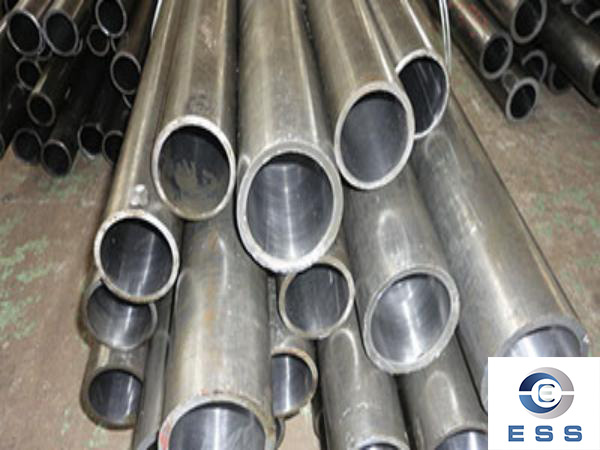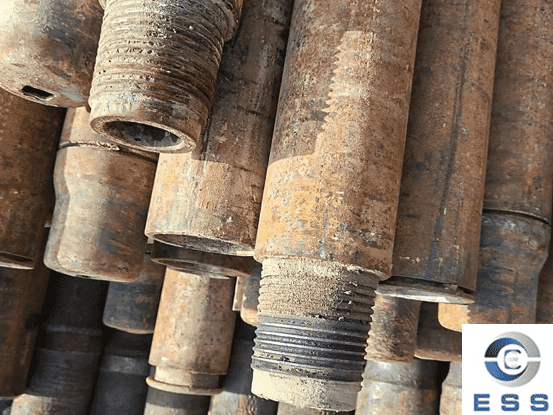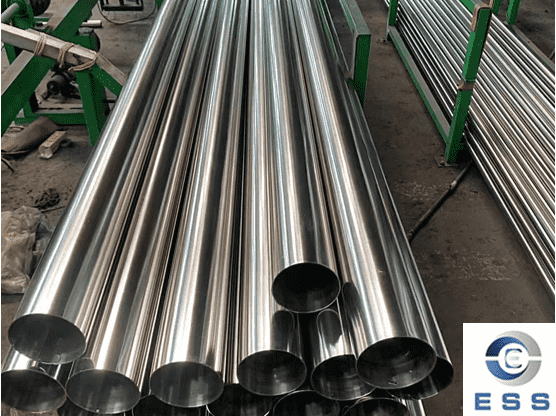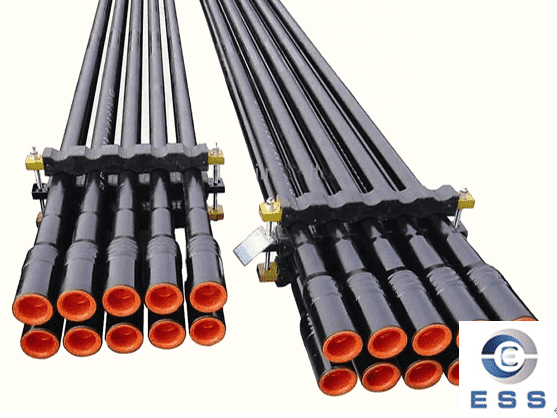Properties of precision tube

Precision tube is a high-precision, high-brightness seamless steel pipe produced by cold drawing or cold rolling. Its inner and outer diameters can be accurate to within 0.2mm. While ensuring bending and torsional strength, it is light in weight, so it is widely used in the manufacture of precision mechanical parts and engineering structures. It is also commonly used to produce various conventional weapons, gun barrels, shells, bearings, etc.
Standard:
GB/T3639, GB/T8713DIN2391-2, HK15-2000
Application:
Used in the manufacture of mechanical structures, hydraulic equipment, automotive parts, and steel sleeves.
Common materials:
10#, 20#, 35#, 45#, 20cr, 40Cr, 20CrMo, 16mn, 27simn, 304, 201, 310s, high-quality carbon structural steel.
Features of precision tube
1. Smaller outer diameter.
2. High precision and small batch production.
3.
Cold-drawn finished products have high precision and good surface quality.
4. The cross-sectional area of the steel tube is more complex.
5. The performance of the steel tube is more superior and the metal is denser.
Brittleness phenomenon
According to the tempering temperature range where the precision tube produces brittleness, it can be divided into low-temperature tempering brittleness and high-temperature tempering brittleness. Low-temperature tempering brittleness of precision tube After alloy steel is quenched to obtain martensite structure, it is tempered in the temperature range of 250-400℃ to make the steel brittle, and its toughness-brittleness transformation temperature is significantly increased. The brittle precision tube can no longer be eliminated by low-temperature tempering heating, so it is also called "irreversible tempering brittleness". It mainly occurs in alloy structural steel and low-alloy ultra-high strength precision tubes. The fracture of the brittle precision tube is an intergranular fracture or a mixed fracture of intergranular and quasi-cleavage. The causes of low-temperature tempering brittleness are generally believed to be:
(1)It is closely related to the precipitation of cementite in the form of thin flakes at the original austenite grain boundary during low-temperature tempering, causing grain boundary embrittlement.
(2) Impurity elements such as phosphorus segregate at the original austenite grain boundaries, which is also one of the causes of low-temperature temper brittleness. High-purity precision tubes with a phosphorus content of less than 0.005% do not produce low-temperature temper brittleness. Phosphorus segregates at the austenite grain boundaries when heated by fire and remains after quenching. Phosphorus segregates at the original austenite grain boundaries and precipitates at the original austenite grain boundaries during cementite tempering. These two factors cause intergranular brittle fracture and promote the occurrence of low-temperature temper brittleness.
Alloy elements in precision tubes have a greater impact on low-temperature temper brittleness. Chromium and manganese promote the segregation of impurity elements such as phosphorus at the austenite grain boundaries, thereby promoting low-temperature temper brittleness. Tungsten and vanadium have basically no effect. Molybdenum reduces the toughness-brittleness transition temperature of low-temperature tempered precision tubes, but it is not enough to suppress low-temperature temper brittleness. Silicon can delay the precipitation of cementite during tempering and increase its formation temperature, so it can increase the temperature at which low-temperature temper brittleness of precision tubes occurs.
Expansion coefficient
The inspection method is to apply soapy water to the gaps of each joint of the annealing furnace to see if there is any gas leakage; the most likely place for gas leakage is the place where the annealing furnace enters and exits the pipe. The sealing rings in this place are particularly easy to wear and should be checked and replaced frequently. A process scheme for pre-treatment of precision steel pipes before cold bending is proposed; the influence of normalizing temperature, holding time and cooling method on the microstructure and mechanical properties of raw material pipes is studied and analyzed; the conventional normalizing process for precision steel pipes is determined: heating temperature (890±10)℃, holding for 6min and then air cooling.
The conventional normalizing process can completely eliminate the Widmanstatten structure of precision tube, making the matching of yield strength and tensile strength more reasonable, with yield strength ratio σS/bσ≤0.78, elongation 5δ≥30%, and greatly improving cold forming performance and avoiding cold bending cracking. The expansion coefficient can be expressed by volume or length, usually by length. Density The density of a material is the mass per unit volume of the material, in kg/m3 or 1b/in3. The residual tensile stress mainly comes from the residual tensile stress generated by the equipment during the welding process.
At present, annealing treatment after welding cooling is widely used in engineering to eliminate residual stress. Post-weld cooling is an important process for residual stress generation. This practice not only wastes energy but also easily generates large welding residual stress. Post-weld heat treatment is a new technology for eliminating residual stress. Before welding, the precision steel pipe is preheated to the post-heat treatment temperature and the weldment is continuously heated to maintain this temperature during the welding process. After welding, it is insulated with insulation cotton to cool it slowly.
Quenching can increase the strength and hardness of the steel pipe, but reduce its plasticity. Commonly used quenching agents in quenching include water, oil, alkaline water and salt solutions. Tempering of precision steel pipes Reheating the quenched precision steel pipe to a certain temperature and then cooling it by a certain method is called tempering. Its purpose is to eliminate the internal stress generated by quenching, reduce hardness and brittleness, and obtain the expected mechanical properties. Tempering is divided into three categories: high-temperature tempering, medium-temperature tempering and low-temperature tempering. Tempering is often used in conjunction with quenching and normalizing. Tempering treatment The heat treatment method of high-temperature tempering after quenching is called tempering treatment.
Read more: Difference between seamless pipe and seam pipe













 Eastern Steel Manufacturing Co.,Ltd not only improve product production and sales services, but also provide additional value-added services. As long as you need, we can complete your specific needs together.
Eastern Steel Manufacturing Co.,Ltd not only improve product production and sales services, but also provide additional value-added services. As long as you need, we can complete your specific needs together.










